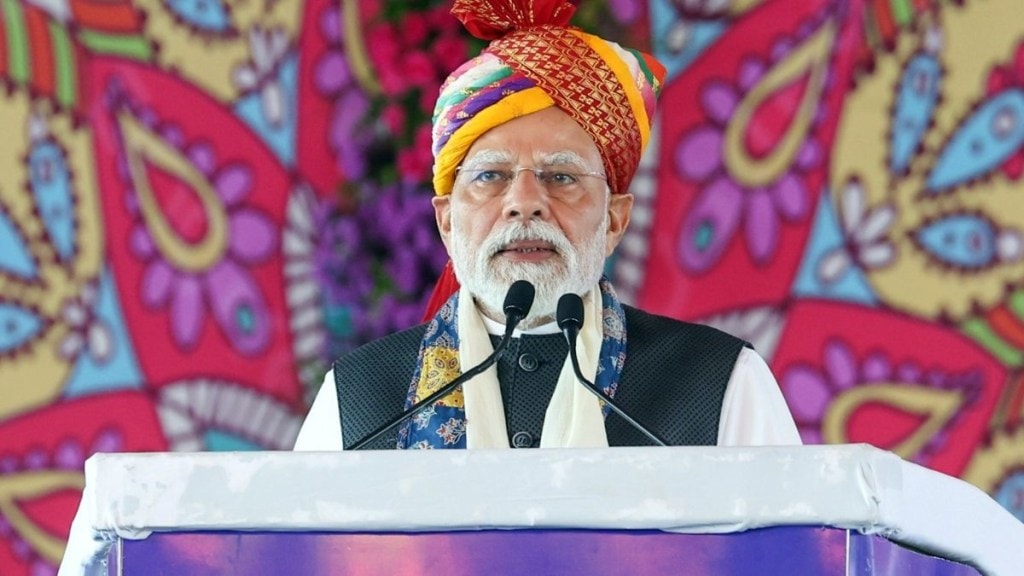Prime Minister Narendra Modi will inaugurate over 97,500 mobile 4G towers worth ₹37,000 crore on Saturday, marking the commercial launch of BSNL’s Swadeshi 4G network and the 4G Saturation Project under the Bharat Nidhi scheme. The initiative positions India alongside countries such as Denmark, Sweden, South Korea, and China in producing and manufacturing telecom equipment.
Union minister of communications Jyotiraditya Scindia announced the twin initiatives on Friday, calling them a “historic step towards Viksit Bharat” and a reaffirmation of India’s capability to build advanced telecom networks indigenously.
The rollout positions India as the fifth country in the world—after Denmark, Sweden, South Korea and China—to design and manufacture its own telecom equipment, with BSNL becoming the sixth company globally to achieve this milestone.
‘Made-in-India’ telecom stack
“BSNL’s Swadeshi 4G launch, which runs on a C-DOT core and Tejas Networks’ RAN, fully upgradable to 5G, marks not just a technological leap but a reaffirmation of India’s self-reliance,” Scindia said.
Of the 97,500 towers, more than 92,600 mobile sites installed by BSNL are based on the indigenous 4G technology stack, which is 5G upgradable—developed by C-DOT (core network), Tejas Networks (radio access network), and integrated by Tata Consultancy Services (TCS).
In addition, more than 4,700 towers have been set up by Reliance Jio Infocomm Ltd (RJIL) and Bharti Airtel Ltd (BAL), while 14,180 towers funded under the Digital Bharat Nidhi (DBN) form part of the 4G Saturation Project. Together, these are expected to bring over 2 million new subscribers into the digital ecosystem.
Scindia stressed that the BSNL rollout is part of India’s broader ambition to establish telecom self-reliance and eventually emerge as a global supplier.
“India has now arrived not only as a service provider but also as a manufacturer and exporter of a full 4G stack,” he said.
Scindia highlighted six major deployment issues- Revenue, forest wildlife, security, local land dispute, accessibility and Right of Way dependent sites. To which he said that nearly 80% of these problems have been resolved in the last seven-and-a-half months, through coordination between the Centre, state governments and local authorities.
Expanding connectivity and future vision
When asked about the way forward for BSNL, Scindia said the immediate focus would be on customer acquisition, retention, and CRM, followed by a second phase of rollout to expand BSNL’s reach.
“Once that is achieved, the conversation on BSNL’s 5G transition will begin,” he said.
Looking further ahead, Scindia said India aims to contribute 10% of global 6G patents, with commercial deployment likely around 2030. “We walked behind the world on 4G, with the world on 5G, but we will lead the world on 6G,” he said.
